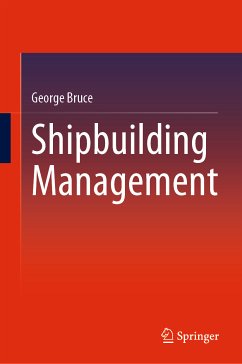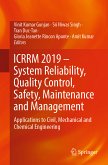This book highlights the main features of shipbuilding management which lead to successful completion of shipbuilding projects. A brief review of the market context for the industry, its historical development are given to explain how shipbuilding arrived at its current structure. First pre-production including design, planning, cost estimating, procurement of materials and sub-contracting. Then, the production sequence outlines part preparation, hull assembly and construction, outfitting and painting, testing and completion. The importance of human resources and management organisation are explained. Building a ship is a complex project, so the principles of project management are described, first in general terms and then with specific reference to their application in shipbuilding. Finally managing the progress of a shipbuilding project and achieving completion are emphasised.
Dieser Download kann aus rechtlichen Gründen nur mit Rechnungsadresse in A, B, BG, CY, CZ, D, DK, EW, E, FIN, F, GR, HR, H, IRL, I, LT, L, LR, M, NL, PL, P, R, S, SLO, SK ausgeliefert werden.









